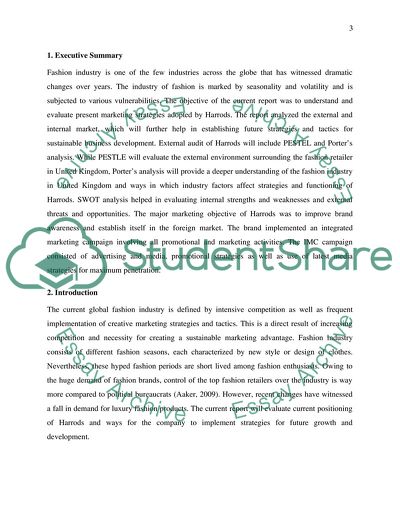Cite this document
(“Marketing plan for Harrods Essay Example | Topics and Well Written Essays - 3000 words”, n.d.)
Retrieved from https://studentshare.org/marketing/1632222-marketing-plan-for-harrods
Retrieved from https://studentshare.org/marketing/1632222-marketing-plan-for-harrods
(Marketing Plan for Harrods Essay Example | Topics and Well Written Essays - 3000 Words)
https://studentshare.org/marketing/1632222-marketing-plan-for-harrods.
https://studentshare.org/marketing/1632222-marketing-plan-for-harrods.
“Marketing Plan for Harrods Essay Example | Topics and Well Written Essays - 3000 Words”, n.d. https://studentshare.org/marketing/1632222-marketing-plan-for-harrods.


